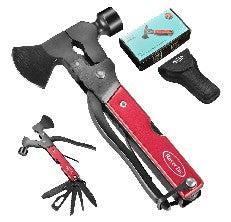Compressed Air Standards

Recommended compressed air standards and related terms
There are several major standards to consider with the use of compressed air – two with regard to air quality, one for compressed air safety and any local standards related to noise.
Since compressed air is used in so many areas where it can come in contact with food or medicines, air quality standard is probably the most important standard related to compressed air use. ISO 8573, established in 1991 is a multi-part standard for compressed air quality to facilitate compressed air system component selection, design and measurement. Part 1 classifies contaminant type and assigning air quality levels, and Parts 2 through 9, define testing methods to accurately measure a full range of contaminants within the end user’s facility. The ISO 8573 Air Quality standard does not however address how manufacturers are to test and rate the filters. The ISO 12500 filter standard was developed to address this issue and establishes how manufacturers test and rate compressed air filters by defining critical performance parameters (namely, inlet oil challenge, inlet compressed air temperature and pressure measurement techniques) that will deliver certifiable filter performance information suitable for comparative purposes.
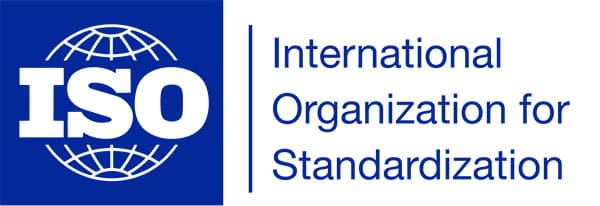
ISO 12500 is a multi-part standard, with ISO 12500-1 encompassing the testing of coalescing filters for oil aerosol removal performance, ISO 12500-2 quantifies vapor removal capacity of adsorption filters, and; ISO 12500-3 outlines requirements to test particulate filters for solid contaminant removal.
Occupational Safety and Health Administration (OSHA) standard 1910.242(b) requires that compressed air used for cleaning purposes must be reduced to less than 30 psig (pounds per square inch gauge, 204 kPa). Compressed air used for cleaning must only be permitted with effective chip guarding and personal protective equipment to protect the operator and other employees from the hazards of the release of compressed air and flying debris. Standard 1917.154, which addresses similar hazards in the maritime industry, explicitly prohibits the use of compressed air for personnel cleaning. While this particular requirement is not specifically applicable in the general industry setting, it is recognized as good practice for all industries. Standard CFR 1910.242(b) is a major guideline for Nex FlowTM in the design of their air saving nozzles, to keep dead end pressure under 30 psig.
Noise standards vary around the world. Compressed air, when exhausted from cylinders, air nozzles especially, produce noise – both impact noise and exhaust noise. Please refer to our article on noise levels for more detail.
Terminology used in compressed air systems can be confusing, so we have defined some for you along with common units and conversions below (the terms do not include terms related specifically to the compressors themselves – just terms downstream).
Absolute Pressure – The measure of pressure compared to the absolute zero pressure of an empty space—e.g., a vacuum. Expressed in pounds per square inch (PSI) or bar (BAR) or kilopascals (KPa). 1 bar equals 14.7 PSI equals 100 KPa
Actual Capacity – Also known as Free Air Delivered (FAD), this is the amount of gas actually compressed and delivered (at rated speeds and conditions) to a discharge system. Expressed as cubic feet per minute (CFM) or liters (LPM) per minute where 1 CFM = 28.32 LPM.
Air Consumption – The compressed air consumed from the compressed air system by any machine, air tool or blow off device to operate expressed at a particular input pressure to the device and usually in SCFM or SLPM as defined further below.
Amplification Ratio – A term typically used with blow off devices such as engineered air nozzles, jets, air amplifiers, air knives to express the amount of increase in air flow compared to the compressed air used. Should be expressed at a particular distance from the blow off device. It is usually and average over various inlet pressures.

Atmospheric Pressure – The measured surrounding pressure of a particular location and its altitude. Measured in PSI or BAR or KPa as explained above
Blow Off Force – The force produced by a blow off nozzle, jet, air knife or amplifier on pounds force or grams as a particular pressure at the device inlet, expressed at a particular distance from the device.
Free Air CFM or LPM– Air’s flow rate at a specified point and condition, which is then converted to surrounding conditions.
Actual CFM or LPM – Air’s flow rate at a specified point and condition.
Inlet CFM or LPM – Air that is flowing through the inlet filter or valve of a compressor (under rated conditions).
Standard CFM or LPM – The flow rate of free air that is measured and then converted to a uniform set of reference conditions. Normally expressed as SCFM or SLPM.
Dew Point – The temperature point at which moisture starts to condense in the air, if the air continues to be cooled at a single pressure.
Filters – Devices to remove particles, moisture, and lubricants from surrounding air.
Gauge Pressure – Normally expressed in pounds per square inch (PSIG), this is the pressure most instruments are used to determine.
Intercooling – Process in which heat is removed from gas or air between the stages of compression.
Leak – An unintentional loss of compressed air to surrounding conditions of a compressor.
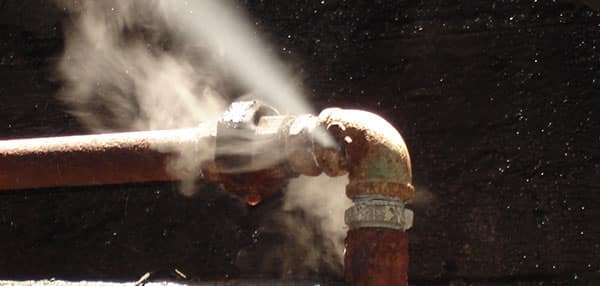
Pressure – The measure of force per unit area, conveyed in pounds per square inch (PSI) or bar or KPa as compared previously.
Pressure Dew Point – The temperature that water starts to condense out of air for a given system pressure.
Pressure Drop – A pressure loss in compressed air systems caused by restriction or friction. Expressed as PSI, BAR or KPa.
Rated Capacity – At a specified point, this is the volume rate of flow at rated pressures.
Rated Pressure – The measure of the operating pressure of air compressors.
Standard Air – Used in ISO standards, this refers to air at 14.7 pounds per square inch absolute (PSIA), 68°F (20°C), and dry (0% relative humidity).
FEATURED PRODUCTS
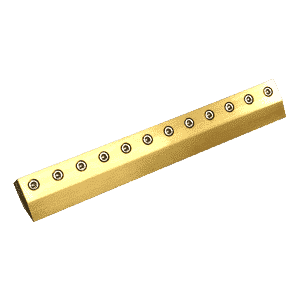
Silent X-Stream® Air Blade® Air Knife
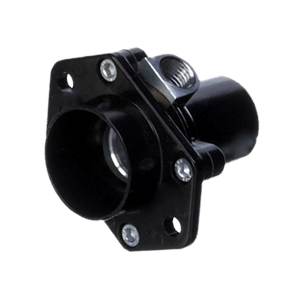
Standard (Fixed) Air Amplifier

Air Edger® Air Jet









